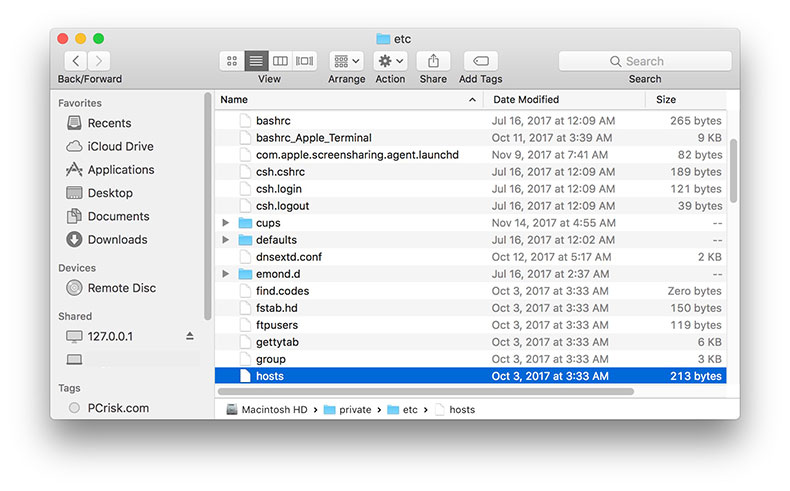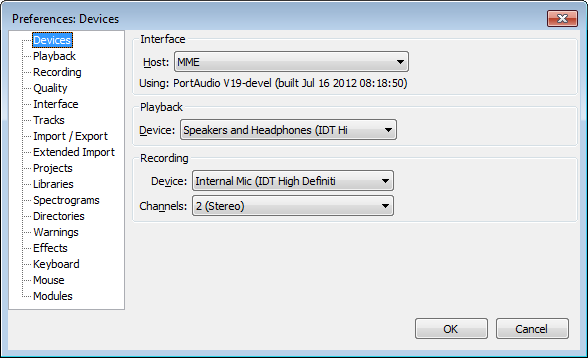

When you’ve finished creating it – or anytime you want – you can export your Audacity project to WAV, MP3 (requires libmp3lame.so as mentioned above), or OGG formats.Īudacity 1.2 comes with SUSE 9.1, so installation was a breeze. You can undo edits even after you’ve saved your work as a project. One of its handiest features is its undo capability. Once you’ve gotten the sound into Audacity, you can use a variety of tools to copy, edit, cut, paste, or apply special effects (amplify, echo, fade in, fade out, etc). But the most complete and authoritative source is the Audacity manual, which is available as a separate download.Īudacity lets you import audio tracks in a number of different formats, or to record new tracks directly. The development team also has also set up a Wiki sitefor support. The built-in help is good, and there is a tutorial to help you get started on the web. Luckily for me, there is an abundance of helpful information available for Audacity.


WHAT HOST TO USE ON AUDACITY FOR MAC HOW TO
This is the tale of an ordinary user learning how to use a kick-ass application. I’ll leave that to those who know a lot more about sound engineering than I do. Before the review police start whacking away on this story, let me make one thing perfectly clear: This is not a review. I can tell you already that it’s a gem, ranking up there in my all-time top ten list of free Linux applications. I’ve recently spent some time learning how to use it. Audacity is a free-as-in-GPLd, cross-platform sound editor for Windows, Mac, and Unix.


 0 kommentar(er)
0 kommentar(er)
